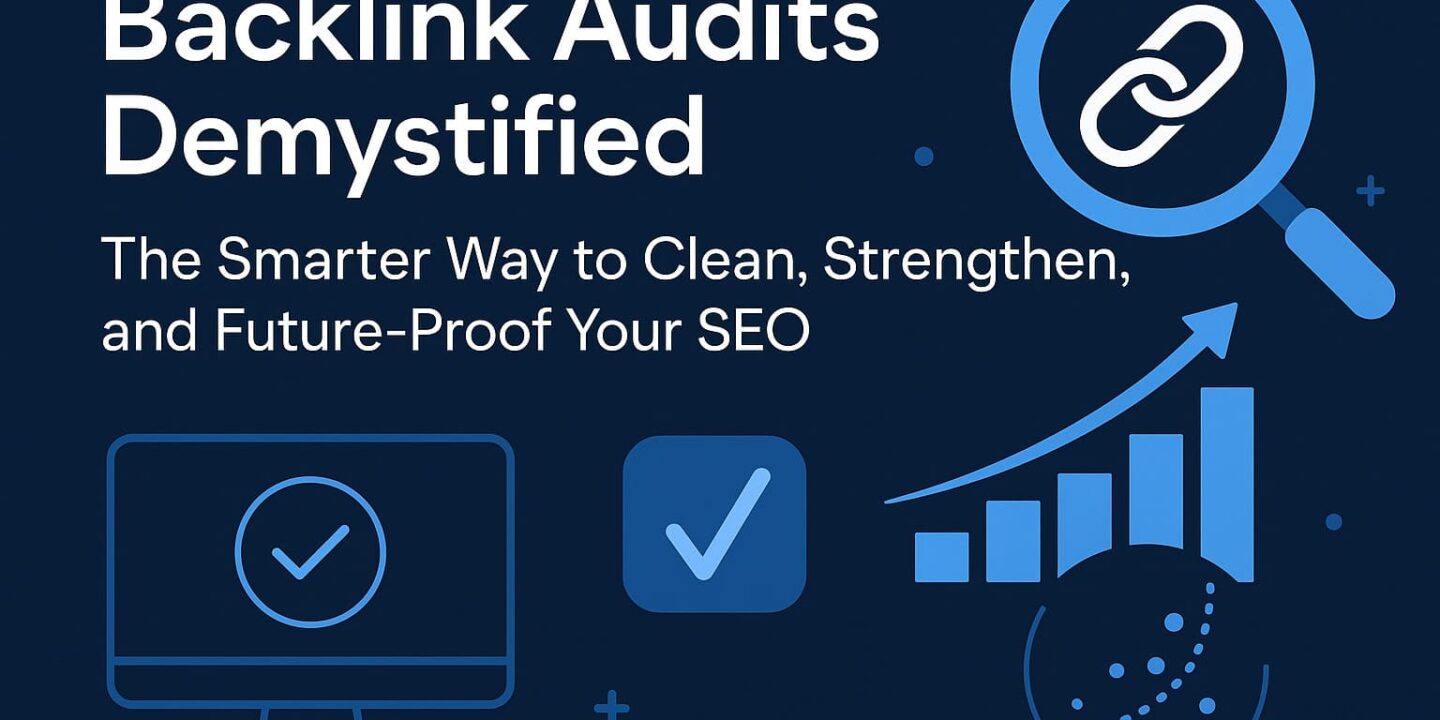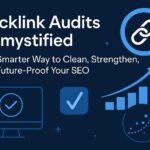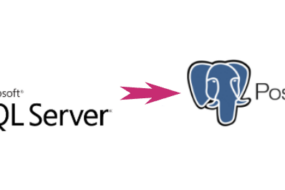In the crowded world of digital marketing, your backlink profile is as important as the content on your website. Search engines use links as signals of authority and trust. Yet not all links are created equal; some will propel you up the rankings, while others can drag you down. A backlink audit is the process of evaluating the links that point to your site—looking at where they come from, how trustworthy they are and how they impact your SEO. Conducting regular audits helps you clean up harmful links, discover new opportunities and develop a data‑driven link‑building strategy. This comprehensive guide will show you how to perform an effective backlink audit in 2025 using modern tools and techniques.
Why Backlink Audits Matter
A healthy backlink profile delivers more than bragging rights. Here are some of the key benefits:
- Measure campaign success. Counting backlinks alone is misleading. A useful audit examines the quality of links, the diversity of referring domains and how well your links support traffic and conversions. An audit helps you determine whether your link‑building campaigns are aligned with your SEO and business goals.
- Identify and manage toxic links. Links from link farms, thin‑content sites, hacked domains or adult/gambling sites can harm your performance. An audit reveals these low‑quality links so you can decide whether to ignore them, request removal or submit a disavow file.
- Refine your link‑building strategy. By studying which pages attract backlinks—yours and your competitors’—you can replicate effective content types. Audits also expose weak areas where you may need to diversify anchor text or acquire links in new industries.
- Discover new opportunities. Analysing your backlink profile and those of rivals can uncover broken links to your content, websites linking to competitors but not to you and niches you haven’t targeted.
In short, backlink audits turn raw link data into actionable insights that shape your SEO roadmap.
Choosing the Right Backlink Audit Tools
The market is crowded with backlink analysis tools. Your choice depends on budget, experience level and the depth of insight you need. Below is an overview of popular platforms and what sets them apart.
| Tool | Key Features | Considerations |
|---|---|---|
| Google Search Console | Free service offering external and internal links reports, manual action alerts and the ability to submit a disavow file. | Limited to your own site; lacks toxicity scores and deep competitor analysis. |
| Ahrefs | Comprehensive backlink index; Site Explorer for domain and competitor analysis; Content Explorer; broken link reports and a disavow file generator. | Premium pricing; the array of features may overwhelm beginners. |
| Semrush | All‑in‑one marketing suite with Backlink Audit, Backlink Analytics, Link Building and Disavow tools; offers a toxicity score and the largest up‑to‑date backlink database. | Highest cost among popular platforms; feature‑rich suite might be excessive for simple audits. |
| Moz | Provides Link Explorer, Domain Authority, Page Authority and Spam Score metrics. User‑friendly interface and industry‑standard metrics. | Contains fewer backlinks than Semrush and lacks some advanced filtering. |
| Majestic | Specialises in Trust Flow, Citation Flow, backlink history and topical relevance; offers competitive pricing. | Interface is less intuitive; lacks some features found in other tools. |
| LinkResearchTools (LRT) | Provides backlink audits and disavow, link checking, redirect repair and competitor research with over 25 data sources and 150 metrics; offers premium link‑building and monitoring services with flexible filters and bulk operations. | Enterprise focus means pricing may be higher than basic tools; interface emphasises data and may have a learning curve. |
Choose a tool that matches your requirements. For many beginners, Google Search Console and Ahrefs (for competitive analysis) may suffice, while larger organisations might invest in Semrush or LRT for their extensive databases and integrated workflows.
Step‑by‑Step Backlink Audit Process
Step 1: Gather Your Backlink Data
Begin by aggregating as much link data as possible. Export your backlinks from multiple sources—your chosen audit tool, Google Search Console and, if available, other third‑party databases. Combining datasets ensures you don’t miss hidden or recently gained links. Tools like Semrush allow you to import backlinks from Google Search Console or Majestic, while LRT promises to combine and recrawl all backlinks for freshness.
When reviewing the data, focus on high‑level metrics such as:
- Referring domains and backlinks. How many unique domains and total links point to your site? In the Editorial.Link example, Asana.com had 3.1 million backlinks from 59 000 referring domains. A higher number of referring domains usually signals a healthier profile than a high number of links from a small set of domains.
- Authority metrics. Domain Rating, Domain Authority or Trust Flow indicate the overall strength of linking domains. Over half of Asana’s backlinks came from DR 70+ domains, which is impressive. Identify the distribution of authority across your link profile and note any clusters of low‑authority links.
- Link types. Classify links as follow (dofollow) or nofollow. A mix of follow and nofollow links is natural. If nearly all of your backlinks are follow links, it may look unnatural; similarly, a high percentage of nofollow links might limit the SEO benefit.
- Anchor text. Extract anchor text data to determine whether anchor usage is relevant and diverse. Over‑optimised, keyword‑rich anchors can appear manipulative; a healthy profile includes branded, generic and descriptive anchors.
- Evaluation parameters. Take advantage of the dozens of metrics offered by premium tools (Semrush evaluates over 50 parameters and LRT computes 150+) to gain a multi‑dimensional view of link quality.
Step 2: Identify Toxic or Spammy Links
Once you have your raw data, filter out low‑quality or suspicious links. Indicators of toxicity include:
- Low authority or spammy domains. Links from link farms, private blog networks (PBNs), thin‑content sites, hacked websites, or adult/gambling sites can harm your site.
- Anchor text red flags. Look for anchors containing spammy keywords such as “payday loans,” “viagra,” or casino terms. Sorting your anchors by domain rating in ascending order makes it easier to spot patterns..
- Unnatural acquisition patterns. Sudden spikes in backlinks may signal paid link schemes or negative SEO attacks. Review historical acquisition charts and highlight unusual surges.
Decide what to do with these links. Google’s algorithms often ignore irrelevant or low‑quality links, so disavowing is not always necessary. In fact, 69 % of SEOs surveyed do not use disavow tools. Some experts argue the tool is becoming obsolete. Only consider disavowal if you have been penalised manually, you have a high percentage of spammy links or you’ve been targeted by a negative SEO attack.
Step 3: Audit Anchor Text and Link Context
Anchors guide search engines to interpret the content of the linked page. A detailed anchor text audit should:
- Classify anchor types. Break anchors into branded, naked (URL‑only), exact‑match, partial‑match and generic. Tools may not classify automatically, so you can export data and use a spreadsheet or AI to group anchors based on your criteria (e.g., brand variations).
- Check relevance. Ensure anchors describe the destination page accurately. For money pages, branded anchors are common, while blog posts often use keyword variations.
- Avoid over‑optimisation. Too many exact‑match anchors may trigger manual scrutiny or algorithmic penalties.
Step 4: Find and Fix Broken Links
Backlinks decay over time. Research suggests that around 7 % of backlinks vanish each year. Each lost link may reduce the authority flowing to your pages. Use your audit tool’s broken link report to identify links pointing to 404 pages or redirect chains. Reach out to site owners with a replacement URL or update your internal redirects to reclaim link equity. You can also find broken links on competitors’ sites and offer your content as a replacement—an effective, ethical link‑building tactic.
Step 5: Analyse Link Types and Discover Opportunities
Go beyond toxic links and broken links to understand what kinds of backlinks you attract. A diverse link profile includes:
- Editorial links from blog posts, news articles and guides.
- Resource links from directories or curated lists.
- Image and video links from media hosting sites.
- Guest posts and HARO mentions. Searching for quotes or interview terms in backlink reports can surface HARO backlinks, guest posts or podcasts.
Use reports like “Best by links” in Ahrefs or similar tools to discover which pages attract the most links. This highlights your most effective content and reveals linkable assets you may have overlooked. Apply the same analysis to competitors: examine their most linked pages, the niches of linking sites and the types of content they invest in. Strategies such as broken‑link building, listicle outreach and linkable asset creation emerge from this analysis.
Step 6: Develop an Action Plan
A backlink audit is only valuable if it informs future action. Based on your findings, create a plan that includes:
- Outreach tasks. Contact webmasters to remove or update broken links, request removal of spammy links or propose replacements. Use built‑in outreach features if your tool provides them (Semrush’s Backlink Audit tool includes outreach workflows).
- Content development. Produce content similar to your most linked pages and to competitor assets, focusing on topics that attract high‑authority links.
- Monitoring schedule. Set up alerts for new, lost and broken backlinks so you can react quickly to changes. LRT emphasises link monitoring to spot negative SEO spikes.
- Ongoing analysis. Repeat your audit regularly—quarterly for high‑traffic sites or biannually for smaller ones—to ensure your link profile remains healthy.
Advanced Considerations and Best Practices
- Leverage AI and automation. Many SEOs now export anchor text reports and use AI tools to classify anchors or summarise patterns. AI can help prioritise outreach and highlight anomalies that warrant manual review.
- Understand toxicity scores. Platforms such as Semrush incorporate AI‑based toxicity metrics. While these can flag suspect links, remember that Google itself has cast doubt on the notion of “toxic links.” Use toxicity scores as guides, not absolutes.
- Integrate multiple datasets. LRT advocates combining and recrawling data from many sources. Aggregating data reduces blind spots and gives a truer picture of your link profile.
- Focus on quality over quantity. A small number of links from authoritative, relevant sites often outweighs dozens from low‑quality domains. Monitor the diversity of referring domains and aim for a natural mix of anchors.
- Stay current with guidelines. Search engines evolve. For example, Bing retired its disavow tool and Google may follow. Keep abreast of industry updates and adjust your audit practices accordingly.
Conclusion
In 2025, backlink audits remain an essential part of SEO strategy. They help you understand where your site stands, uncover problems before they become penalties and discover opportunities to outmaneuver competitors. The process requires careful data gathering, smart use of audit tools and thoughtful analysis of metrics, link quality, anchor text and link types. Whether you use free tools like Google Search Console, premium platforms like Ahrefs and Semrush or enterprise suites like LRT, the key is to turn insights into action—clean up toxic links, fix broken ones, build quality content and monitor your profile regularly. By following the steps outlined above, you will strengthen your website’s authority and position it for long‑term success in search results.
Also read:








